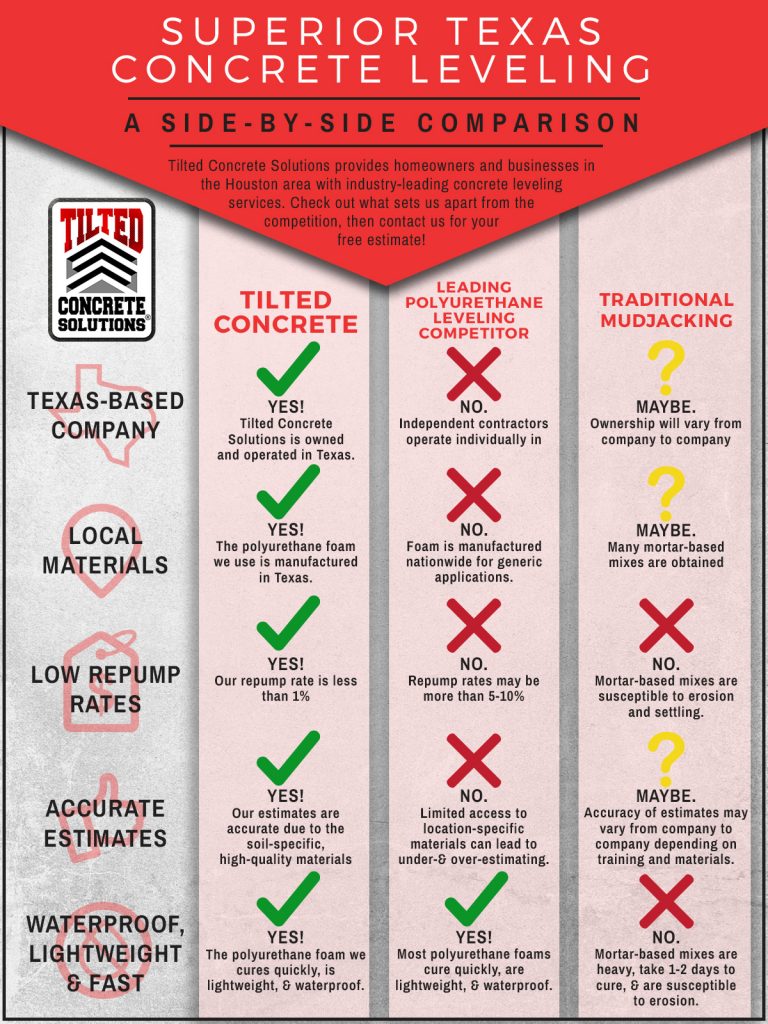Prepare Your Walls For Painting With Necessary Tips And Methods That Guarantee A Flawless Finish-- Discover The Key Steps To Boost Your Job
Prepare Your Walls For Painting With Necessary Tips And Methods That Guarantee A Flawless Finish-- Discover The Key Steps To Boost Your Job
Blog Article
Content Create By-Mathiasen Gustavsen
When you're prepping your wall surfaces for painting, it's critical to adhere to a systematic process to make sure a perfect surface. Beginning by checking out the wall for any damage; this step can make or damage your job. As soon as you've recognized any type of concerns, cleaning the surface correctly is important, as a dirty wall can affect paint adhesion. Afterwards, you'll need to patch any type of flaws and apply a guide. However there specify techniques and suggestions that can elevate your preparation video game-- allow's discover those more to attain the very best results.
Assessing Wall Condition
Before you get your paintbrush, take a moment to analyze your walls' condition. Look for any noticeable damages like cracks, holes, or peeling paint. These imperfections can affect how the paint sticks and looks when it's completely dry. If you see any considerable damage, you'll need to prioritize repairs prior to diving into painting.
Look closely at the appearance of your wall surfaces. Is the surface area smooth, or is there structure that might call for unique factor to consider? Smooth walls generally require less preparation, while textured surface areas might require more time to paint uniformly.
Also, think about the previous paint task. If house painters in my area is glossy, it mightn't allow brand-new paint to stick appropriately. You'll would like to know if your walls have been repainted with oil-based or water-based paint, as this can influence your choice of primer or paint.
Finally, bear in mind of any kind of moisture problems. If you see signs of water damage or mold, address these problems quickly to stop further complications.
Cleansing the Surface
Once you've assessed the condition of your wall surfaces, the following step is cleansing the surface. Begin by collecting your supplies: a container, warm water, a moderate detergent, a sponge or fabric, and a scrub brush for tougher places.
Begin on top edge of the wall surface and work your way down. Mix the detergent with cozy water in your bucket, then dip the sponge or cloth right into the option. Wring it out to stay clear of too much wetness on the wall surfaces.
As you cleanse, pay close attention to locations that might've accumulated dust, oil, or fingerprints. For persistent spots, use the scrub brush gently to prevent damaging the paint below. Wash your sponge or cloth frequently in tidy water to avoid spreading out dust around.
After cleansing, it's important to clean the walls with a moist towel to eliminate any kind of soap deposit. This action ensures a smooth surface for the new paint to abide by.
Permit the walls to completely dry entirely before proceeding to the following preparation steps. This thorough cleaning process will certainly help develop a fresh canvas for your paint project, making sure the most effective results.
Patching and Priming
Patching and priming are vital action in preparing your wall surfaces for a fresh coat of paint. First, examine your wall surfaces for any holes, cracks, or blemishes. Use a premium spackling substance or patching paste to fill up these areas.
Apply pop over to this website with a putty blade, smoothing it out so it's flush with the surrounding surface area. Enable it to completely dry totally, and afterwards sand it lightly up until it's smooth and even.
When you have actually patched whatever, it's time to prime. Primer assists seal the covered locations, making sure the paint sticks correctly and offers a consistent finish. Select a guide ideal for your wall surface kind and the paint you'll be utilizing.
Apply the guide making use of a roller for bigger locations and a brush for corners and sides. If your patched locations are considerably big or permeable, you might wish to use a 2nd layer of guide after the initial one dries out.
After priming, let every little thing dry thoroughly prior to carrying on to paint. This prep work won't just improve the appearance of your wall surfaces yet also lengthen the life of your paint job.
Take your time, and you'll be pleased with the results.
Conclusion
By complying with these simple steps, you can accomplish a smooth and specialist surface on your wall surfaces. Beginning by assessing their condition, after that clean and patch any flaws prior to using guide. Remember to permit ample drying out time and make sure every little thing is smooth before you study paint. With the right prep work, you'll set the stage for a lovely transformation in your space. Currently, collect your materials, breathe in the fresh air, and prepare to paint!
